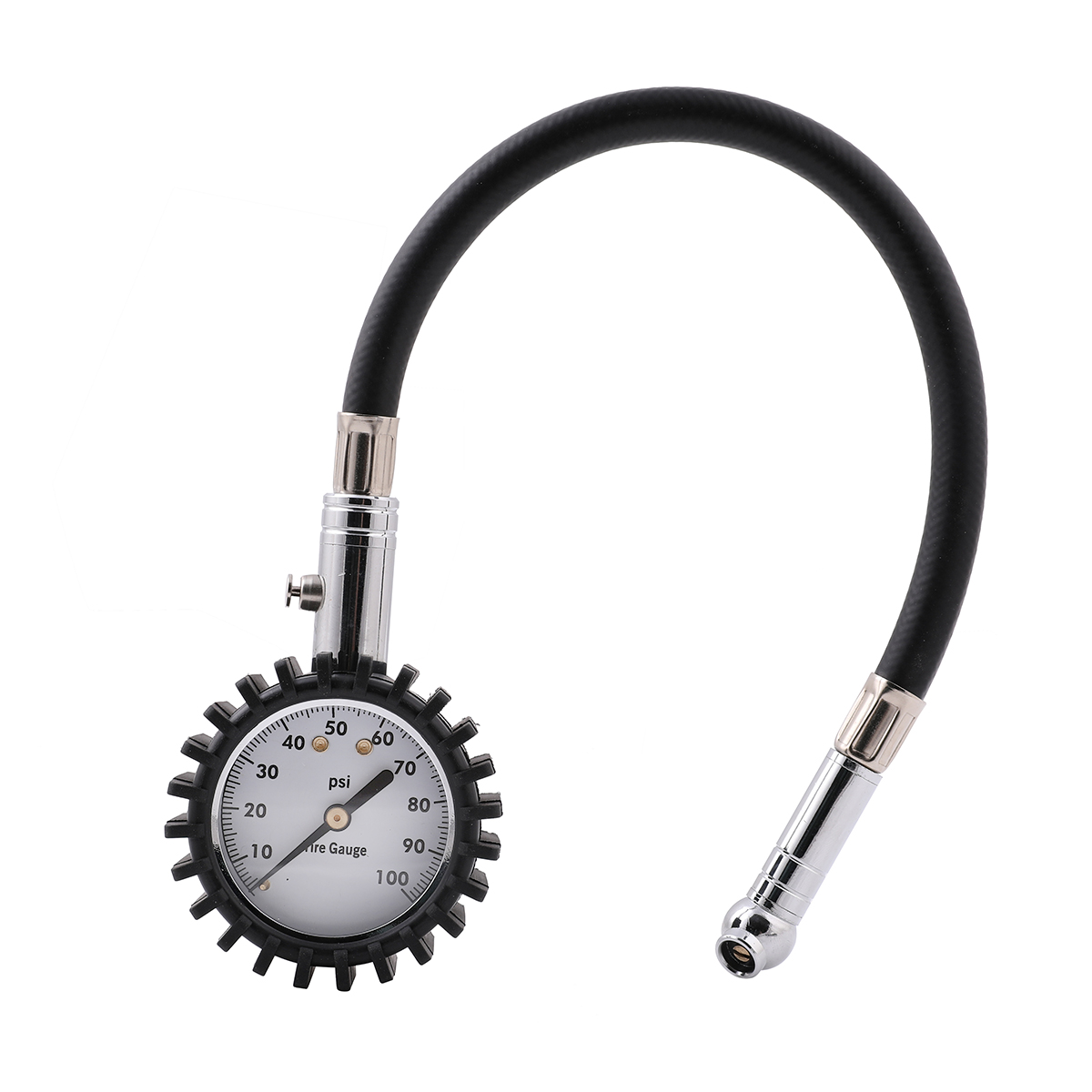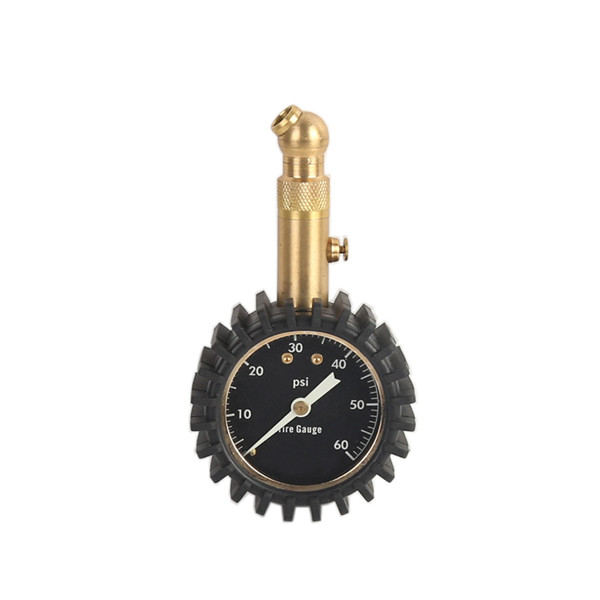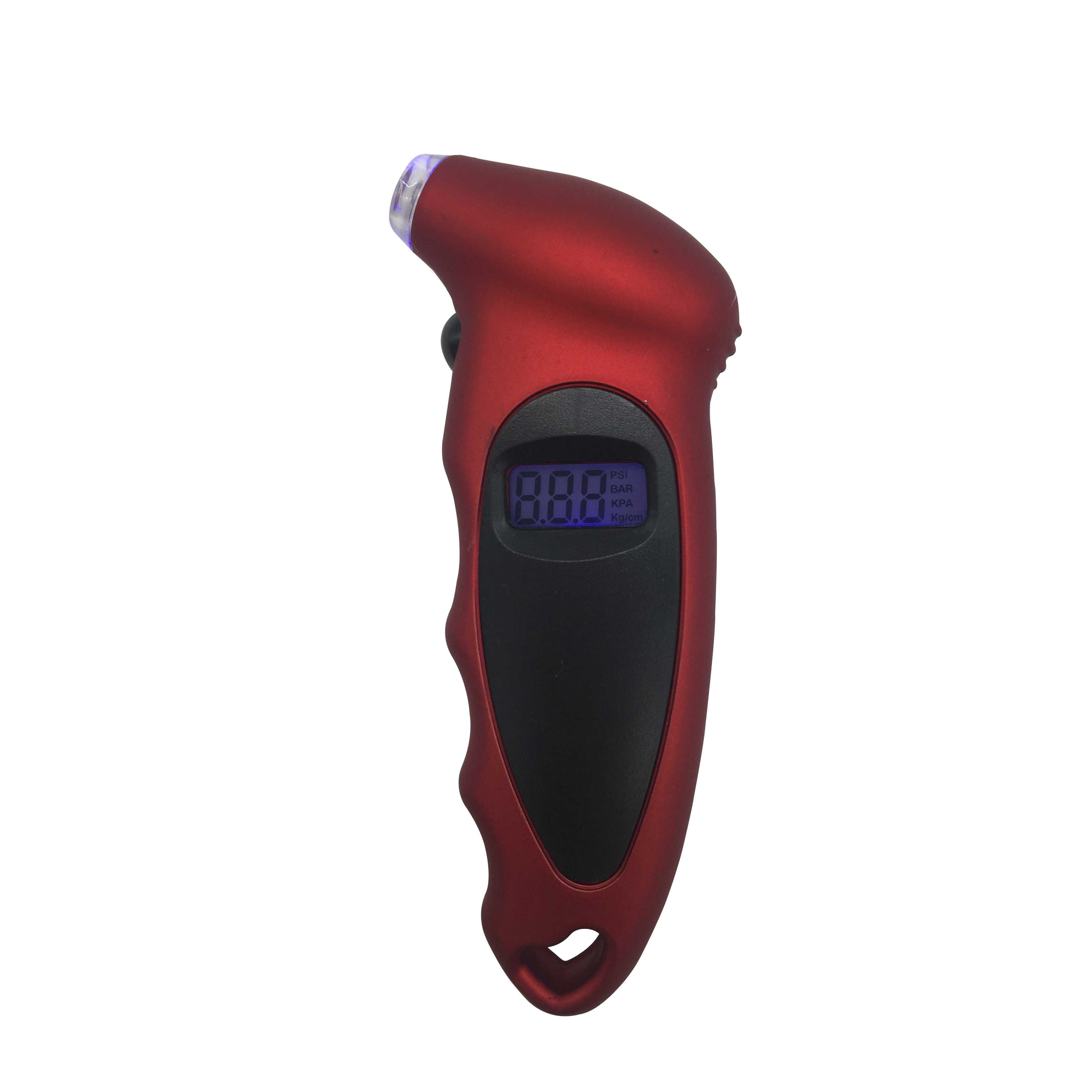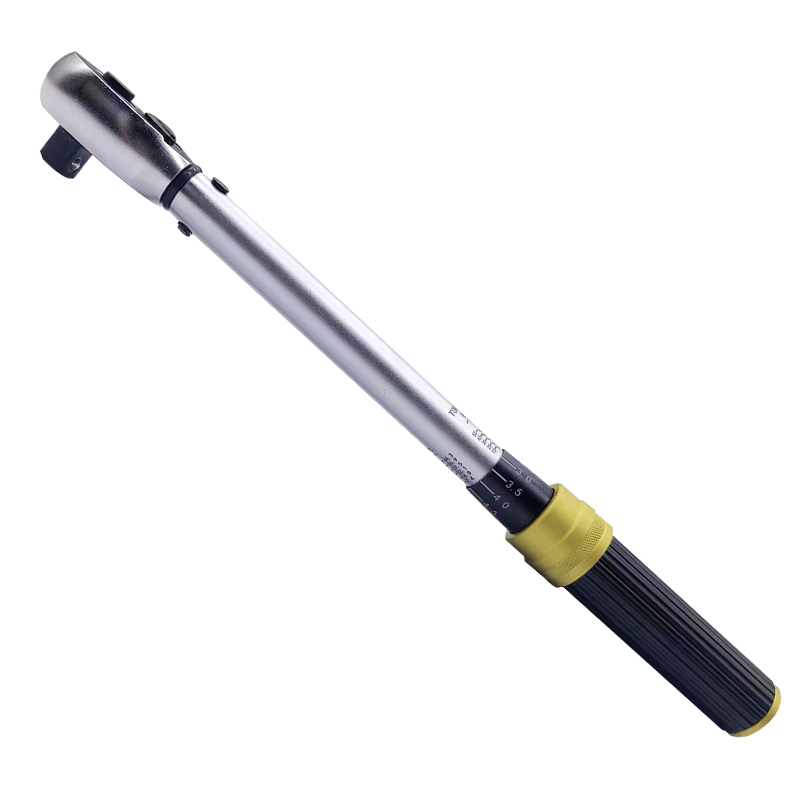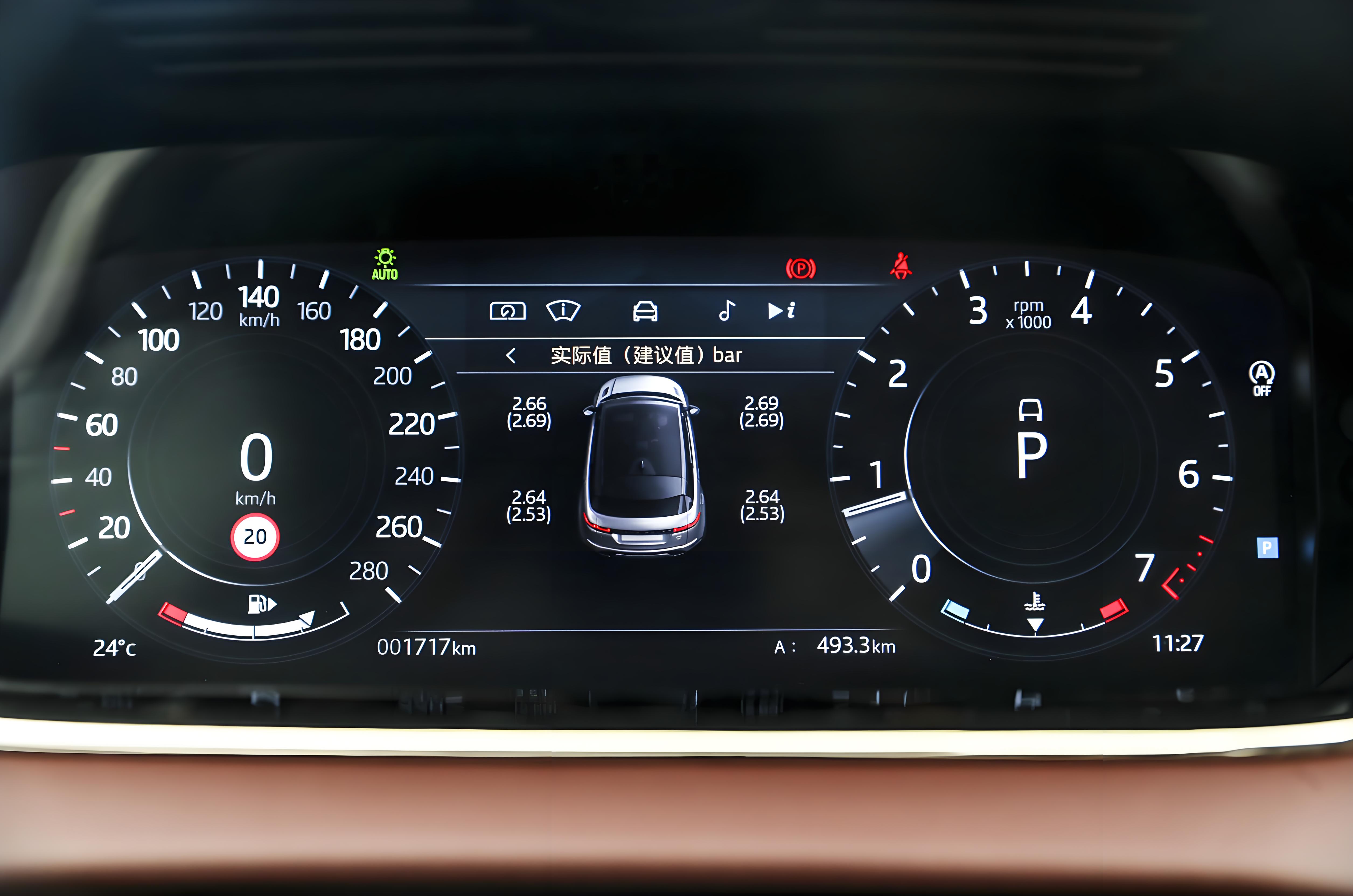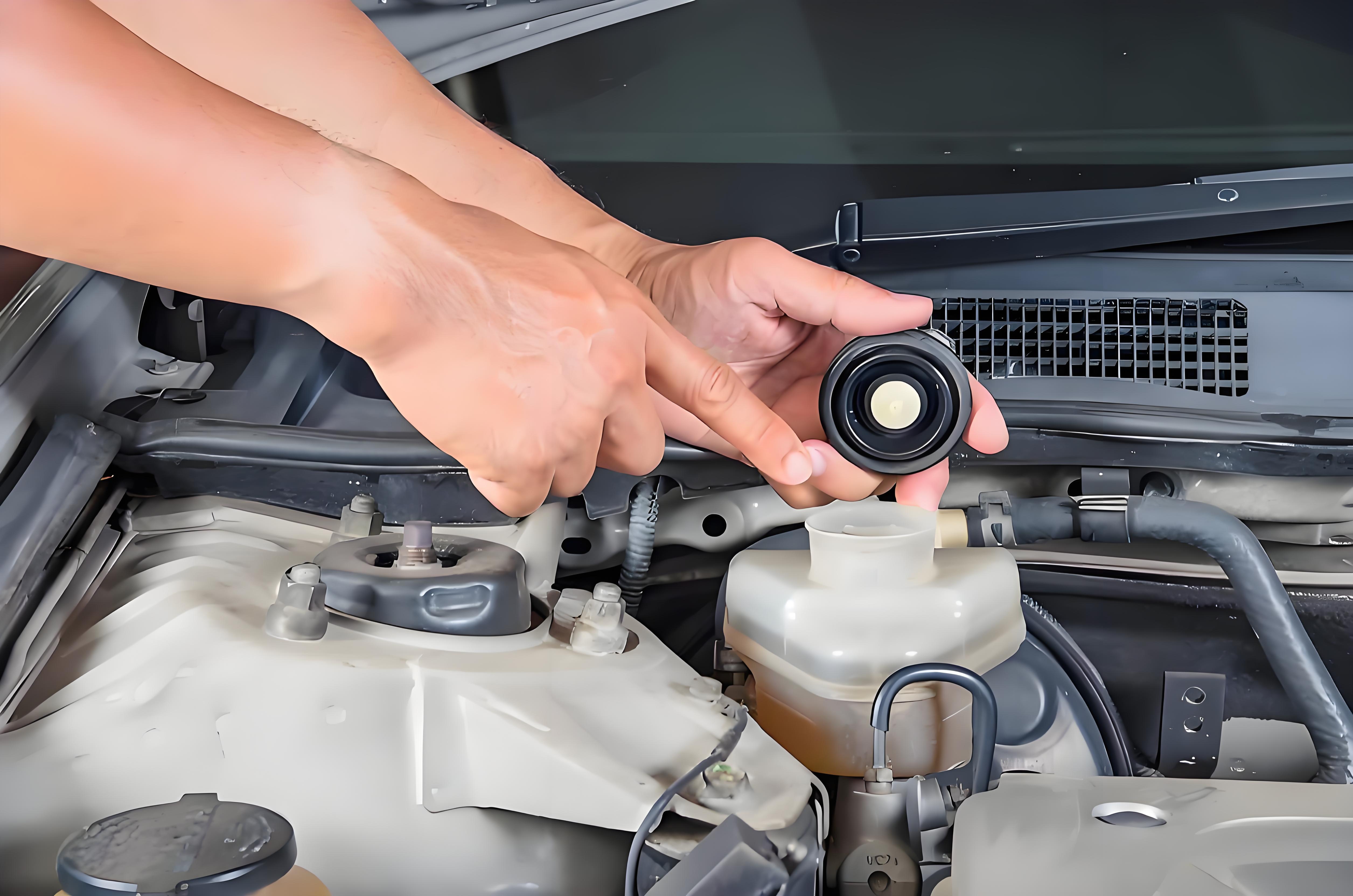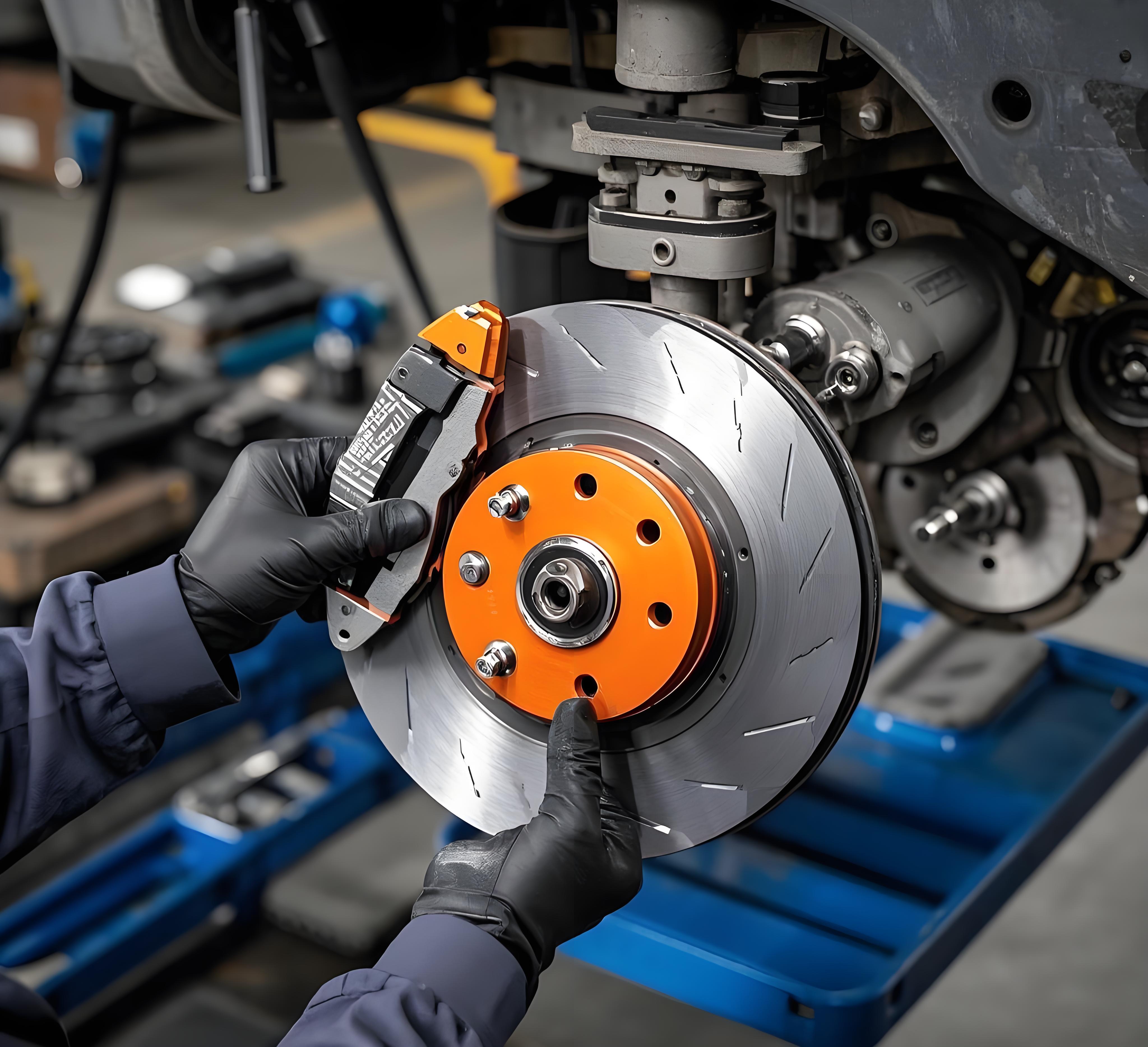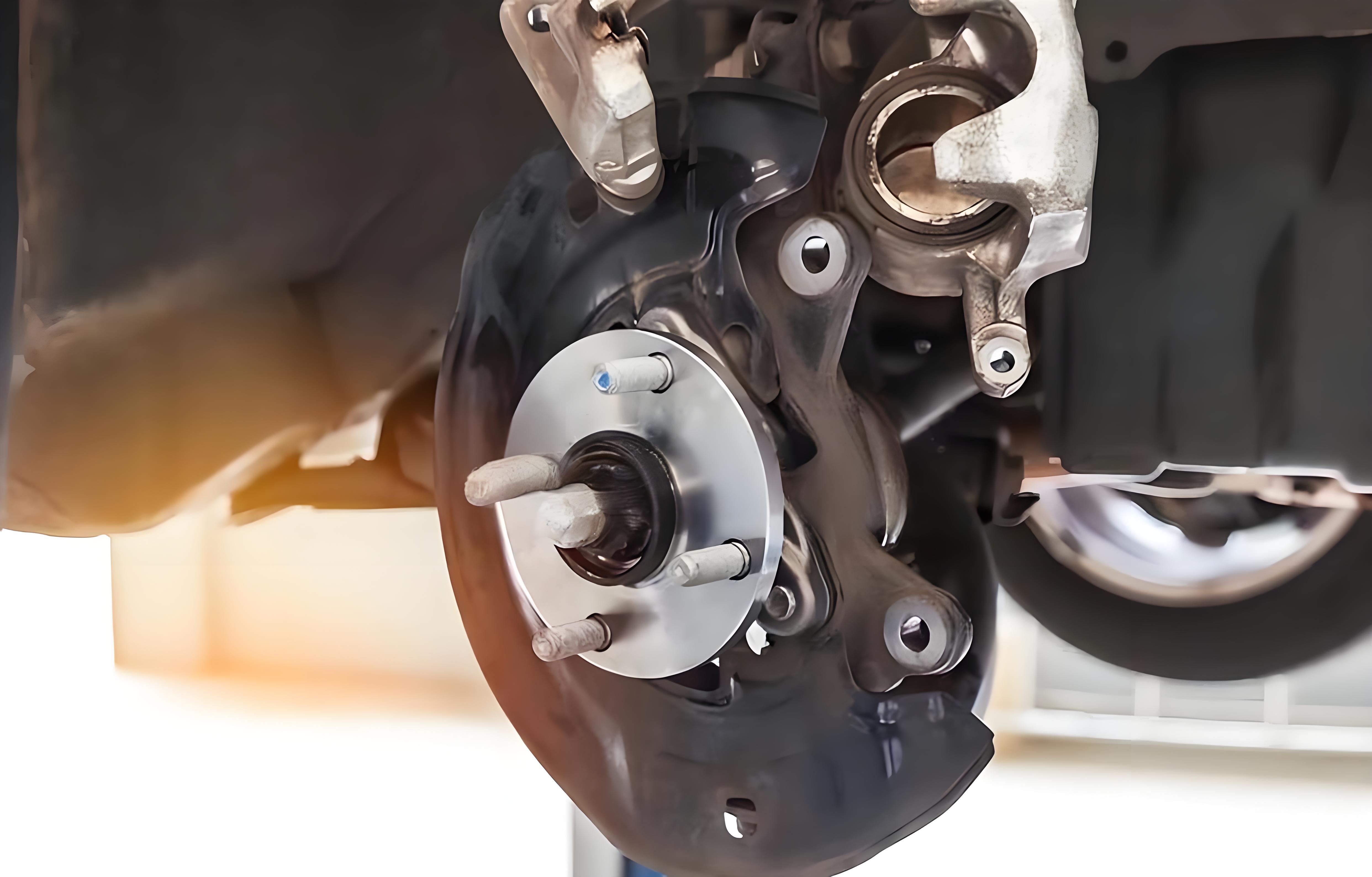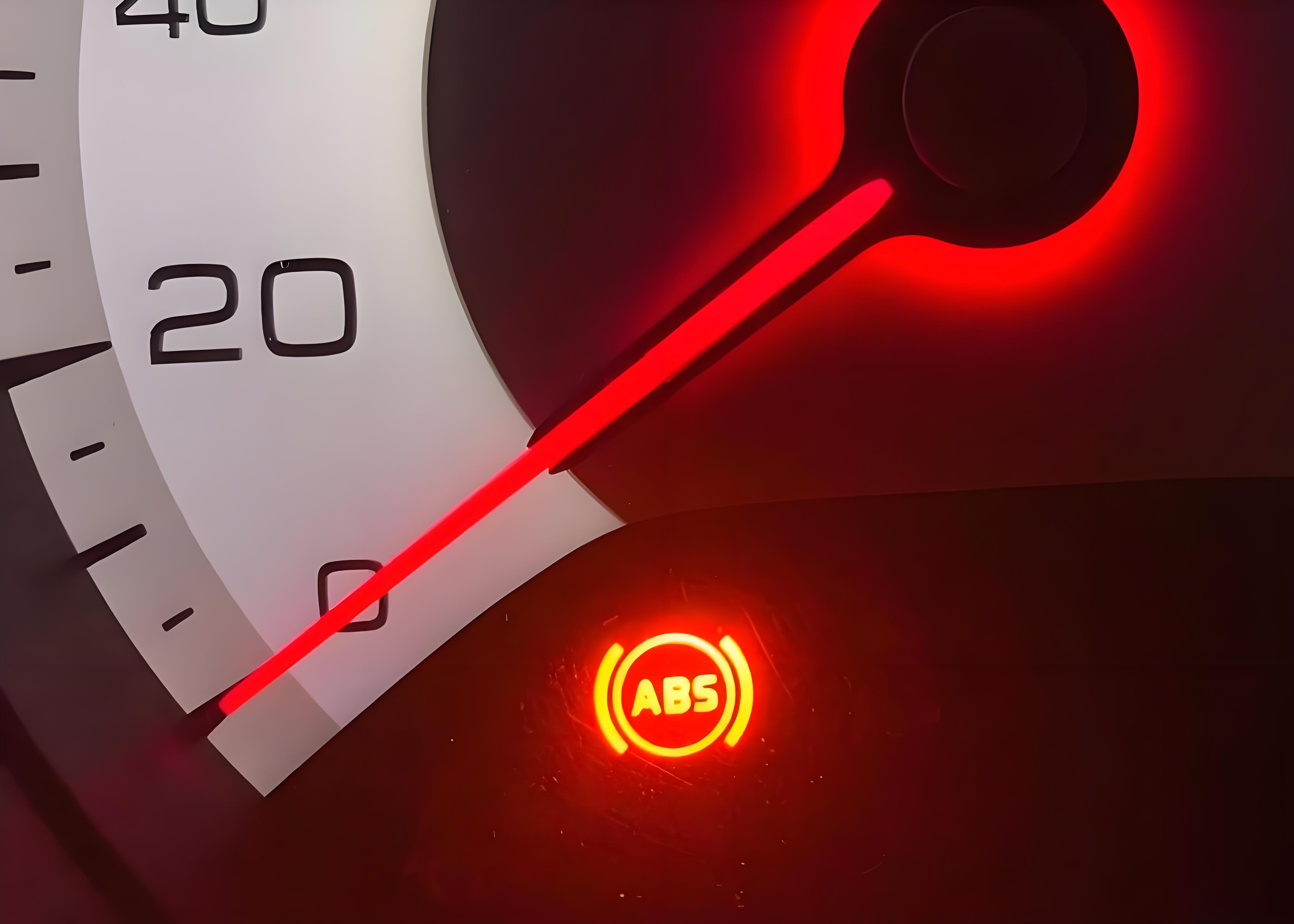Disc Brakes vs. Drum Brakes: What’s the Difference and Which Is Better?
Every time you press the brake pedal, a complex system springs into action to slow your car—but not all brakes work the same way. Two primary designs dominate modern vehicles: disc brakes and drum brakes. While both get the job done, their differences in performance, durability, and cost make them better suited for specific roles. Let’s break down how they work, their pros and cons, and why your car might use one (or both).
How Disc Brakes Work
Disc brakes are the more common choice in modern cars, especially for front wheels. Here’s their basic setup:
- A flat, circular metal disc (rotor) is attached to each wheel and spins with it.
- When you hit the brakes, hydraulic pressure pushes a set of brake pads (usually made of friction material like ceramic or semi-metallic) against both sides of the rotor.
- The friction between the pads and rotor slows the rotor—and thus the wheel—until the car stops.
Many disc brake systems also include a caliper, which houses the pads and uses pistons to clamp them onto the rotor. Some high-performance cars add ventilated rotors (with fins between two discs) or slotted/drilled rotors to improve heat dissipation.
How Drum Brakes Work
Drum brakes are older technology but still found in some vehicles, typically on rear wheels. Their design is more enclosed:
- A hollow, drum-shaped metal cylinder is attached to the wheel.
- Inside the drum, curved brake shoes (lined with friction material) are pressed outward against the drum’s inner surface when the brakes are applied.
- The friction between the shoes and drum slows the drum—and the wheel—down.
The shoes are activated by hydraulic pressure or mechanical linkage (like a parking brake cable). Unlike disc brakes, drum brakes are self-energizing: the rotation of the drum pulls the shoes tighter against it, amplifying braking force.
Key Differences: Performance and Practicality
1. Stopping Power and Heat Management
- Disc brakes excel at handling heat. Their open design lets air flow freely around the rotor, preventing overheating during hard or repeated braking (like downhill drives or highway stops). This makes them less prone to “brake fade”—a loss of stopping power caused by excessive heat.
- Drum brakes trap heat inside the drum, which can lead to faster fade. They work fine for light, occasional braking (like parking or slow city driving) but struggle with heavy use.
2. Maintenance and Durability
- Disc brakes are easier to inspect and repair. The rotor and pads are visible without removing the wheel, making it simple to check for wear. Pads also wear more evenly and are quicker to replace.
- Drum brakes require removing the drum to access the shoes, which adds time to maintenance. Shoes can also wear unevenly, and dust or debris trapped inside the drum can cause squealing or reduced performance.
3. Cost and Weight
- Drum brakes are cheaper to manufacture and lighter, which is why they’re often used on rear wheels of budget cars—they don’t need to handle as much braking force as front wheels (front brakes do 60-70% of the work in most cars).
- Disc brakes are heavier and more expensive, but their performance benefits justify the cost for front wheels or high-performance vehicles.
4. Weather Resistance
- Disc brakes perform better in wet conditions. Water is quickly wiped away by the pads, ensuring consistent friction. Some even include “brake drying” features (standard in many modern cars) that lightly press pads against rotors to clear moisture.
- Drum brakes can trap water inside the drum, leading to temporary loss of stopping power until the water evaporates. This makes them less reliable in rain or snow.
Why Your Car Might Use Both
Most modern cars use a mixed system: disc brakes on the front and drum brakes on the rear. Here’s why:
- Front wheels bear most of the braking force (due to weight transfer during stops), so they benefit from disc brakes’ heat resistance and power.
- Rear wheels need less stopping force, so drum brakes work adequately and keep costs down.
That said, many newer or higher-end cars use disc brakes on all four wheels for better overall performance, especially in SUVs or trucks that carry heavy loads.
Which Should You Choose?
If you’re buying a car, prioritize disc brakes on the front (they’re standard in most models). For rear brakes:
- Choose drum brakes if you’re on a budget and drive mostly in calm, dry conditions.
- Opt for four-wheel disc brakes if you frequently drive in hilly areas, tow trailers, or want maximum safety in wet weather.
Final Thought
Disc brakes are the clear winner for performance and reliability, but drum brakes still have a place in affordable, low-stress driving. The next time you hit the brakes, take a moment to appreciate the engineering—whether it’s the open-air efficiency of discs or the simple utility of drums, both systems play a vital role in keeping you safe on the road.

